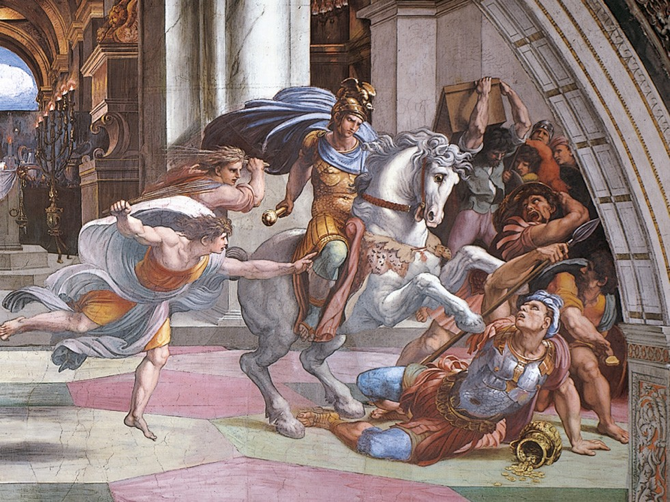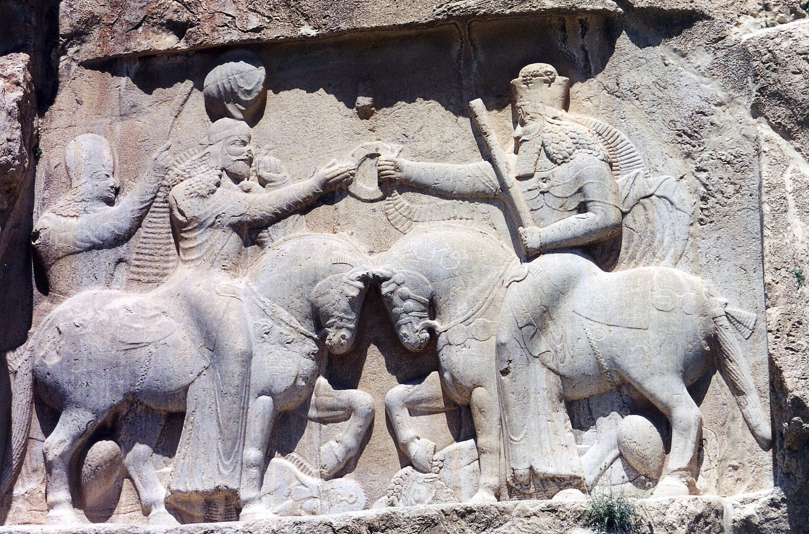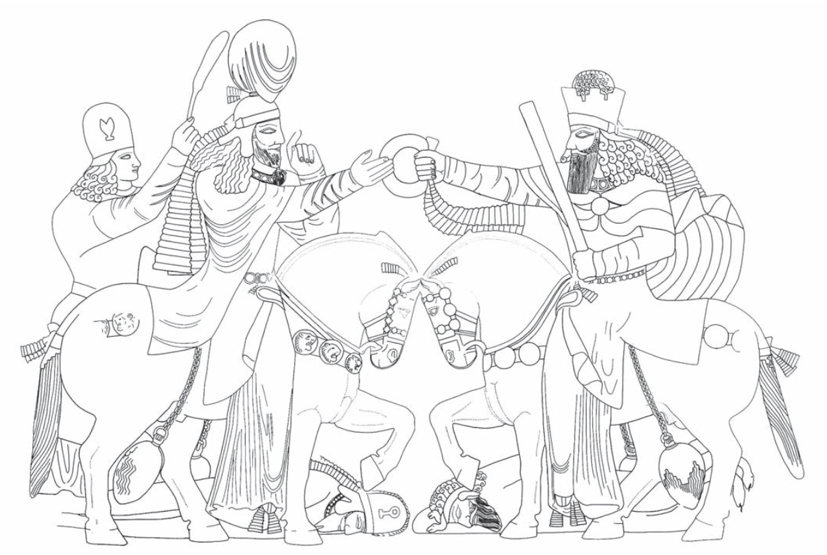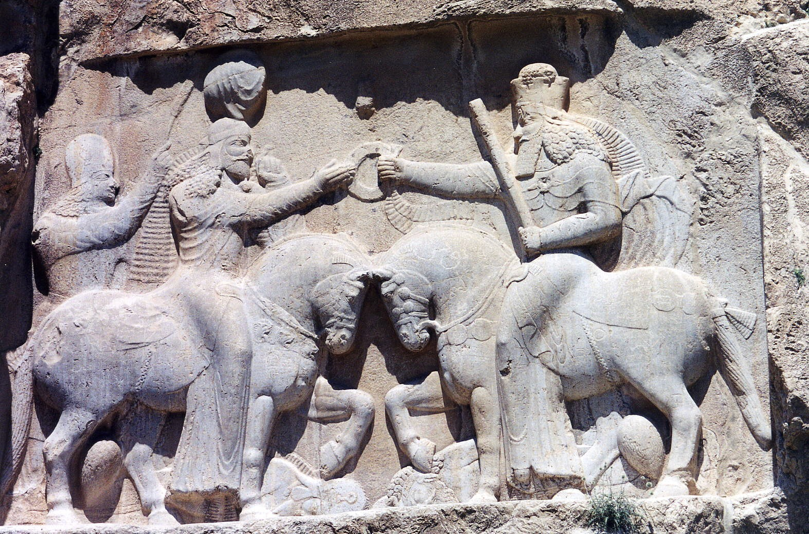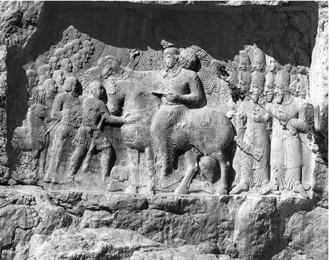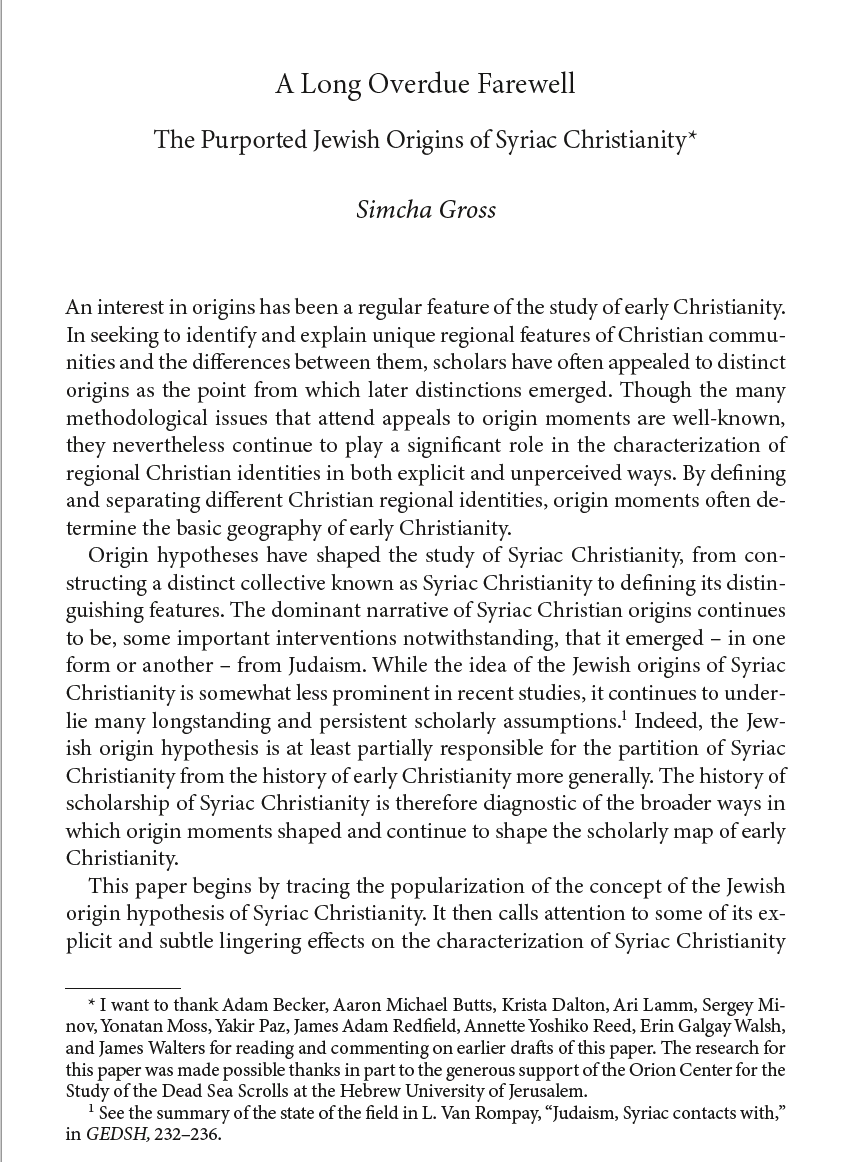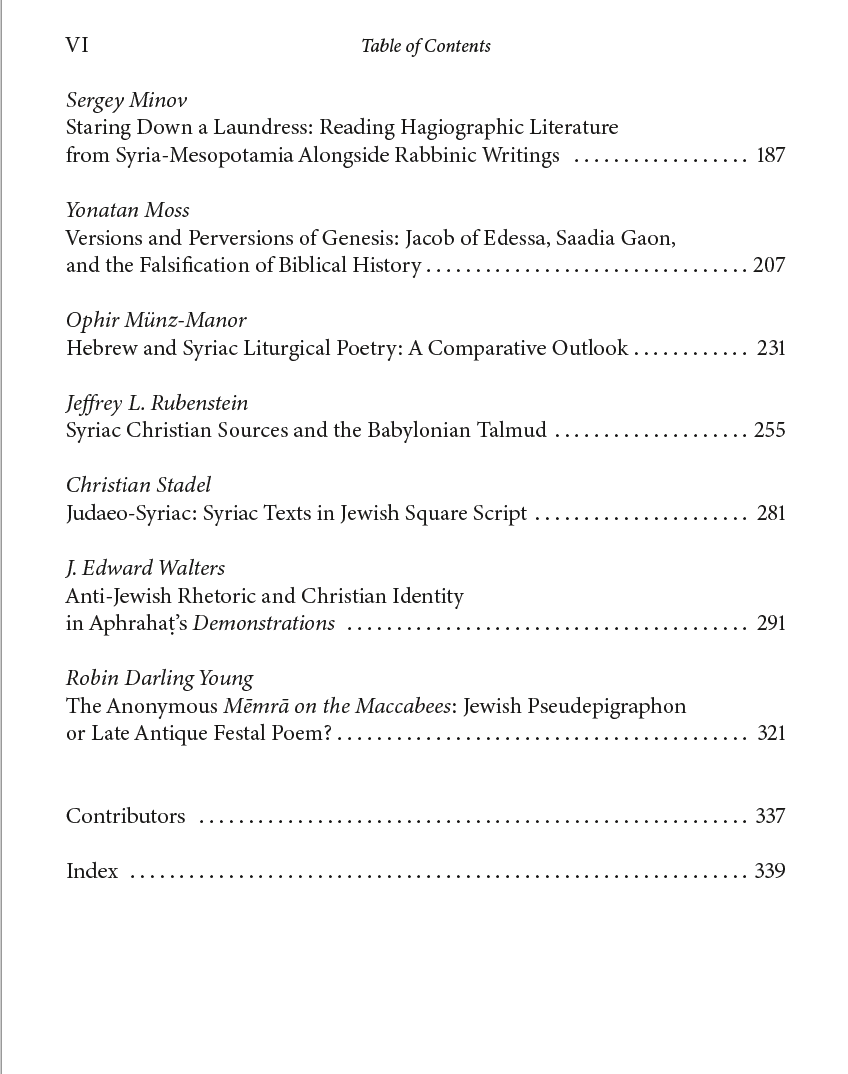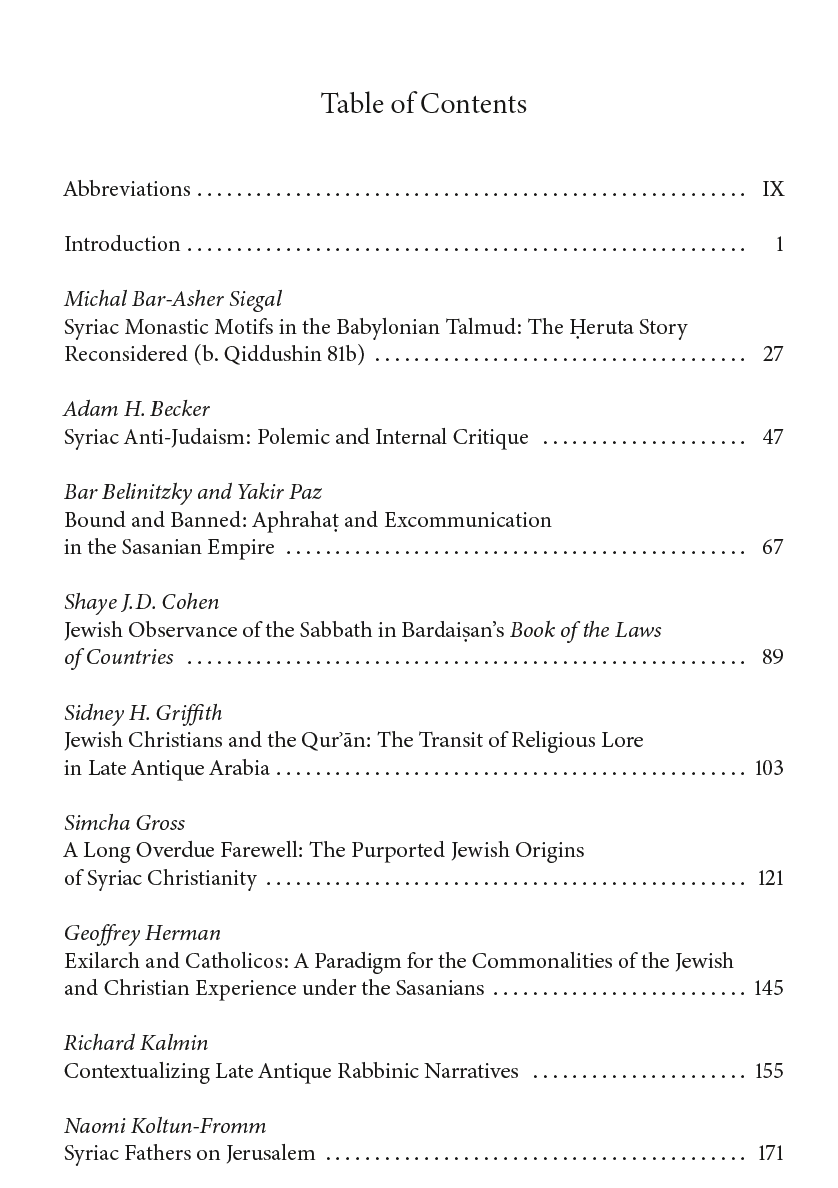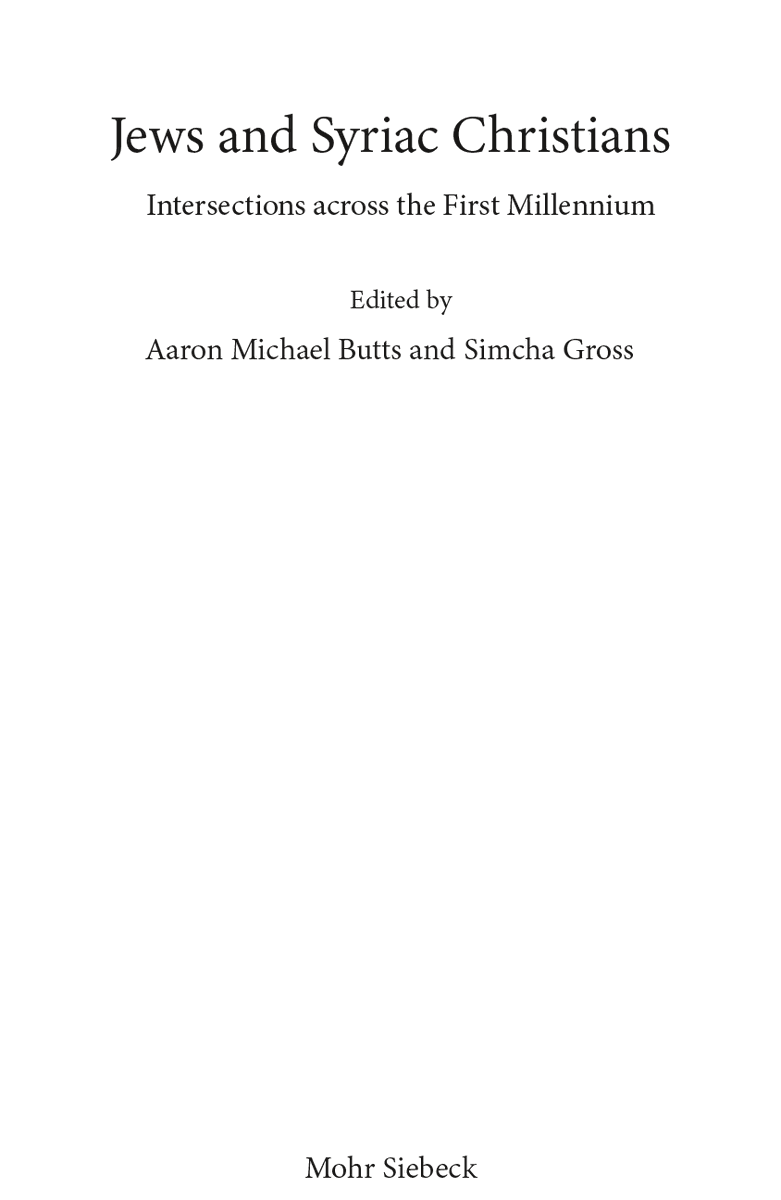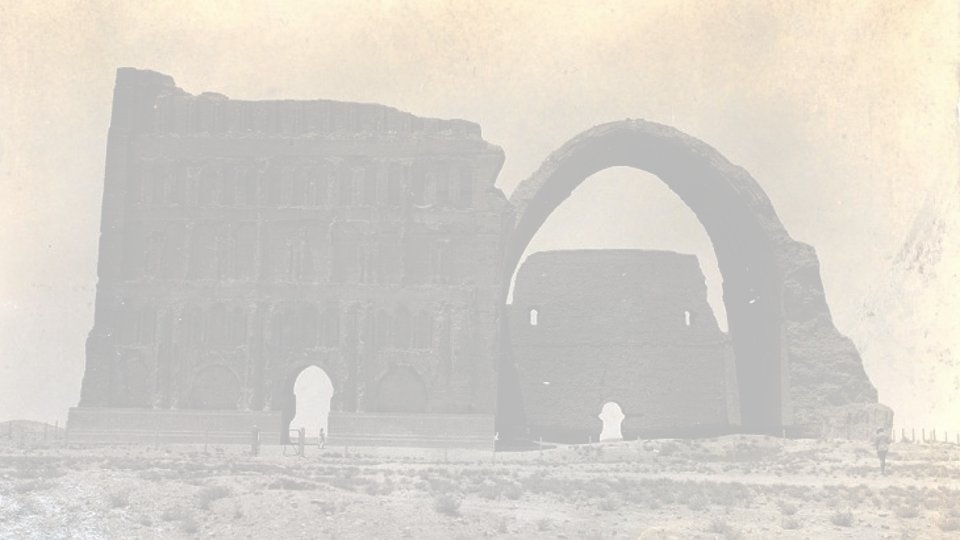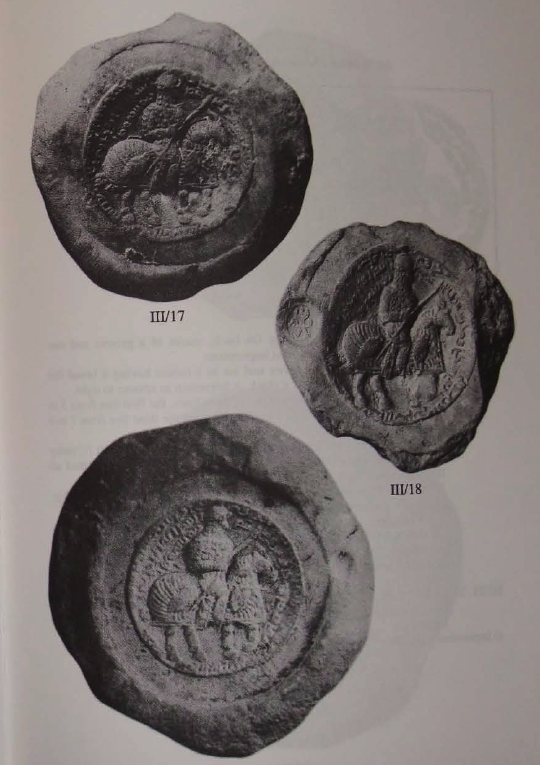
Without weighing in on the #Hebrews controversy, it is worth considering that there is a long history of individuals and communities labeling themselves and others as Hebrews or Jews. A thread. 1/21
Already in the 3rd-4th century, Eusebius of Caesarea distinguished between Hebrews and Israelites; Hebrews were the original people of God, and their true ancestors, the real Hebrews, are the Christians; the Israelites, and by extension the Jews, are the corrupt descendants. 2/
This has been studied in exquisite detail by Aaron Johnson. See also Denise Kimber Buell's seminal work on ethnic reasoning in early Christianity. 3/ 



Other groups laid claim to the mantle of Hebrews or Israelites. The Armenian Bagratuni and Georgian Bagrationi dynasty claim descent from King David. 4/
Armenian historiography more generally often claims Jewish descent as part of their history. These traditions are being studied by Stephen Rapp and the team over at jewseast.org/caucasus. 5/
Jewish descent is especially prominent in so-called "Ethiopian National epic," the Kebra Nagast, or 'Glory of the Kings. In this account, the dynasty descends from the union between Solomon & the Queen of Sheba. For more on these traditions, consult @jilliantheresas! 6/
Many claims to Hebrew ancestry emerge from the notion of the elusive lost ten tribes. Stories of the lost tribes swirled throughout antiquity until the present. 7/
In the late 9th century, the arrival in North Africa of an enigmatic figure named Eldad of the tribe of Dan enthralled people in the middle ages, judging by the popularity of the epistle of his journeys. He claimed that the lost tribes were autonomous & spread around the world.8/
Incidentally, this story may have influenced the even more popular tale of Prester John, of a wondrous "Nestorian" kingdom in the "Orient." 9/ 

The ten-tribes fever is clear from the account of the famous eleventh-century Jewish globetrotter Benjamin of Tudela (eclipsed by the later Ibn Battuta and Marco Polo!), who eagerly reported rumors related to the ten lost tribes that he gathered on his journey. 10/
These ideas made their ways to the "new world." Many early colonists believed that the Native Americans they encountered were the lost tribes of Israel. See Elizabeth Fenton's work on this. 11/ 

This view was especially widespread among Mormons, such that in 1833 Constantine Samuel Rafinesque lambasted their “singular but absurd opinion that American tribes are descended from the Hebrews or the ten lost tribes.” 12/
See Zvi Ben Dor Benite's piece on this here: bibleodyssey.org/en/places/rela…
13/
13/
Peoples across Africa and East Asia were labeled as lost tribes of Hebrews, or claimed the labels for themselves. Most famously, perhaps, communities in Ethiopia have, for centuries, claimed Hebrew descent. These claims were contested from antiquity until the present. 14/
In the 16th century, the rabbi David ibn Zimra (Radbaz) argued that they were Jews, citing a version of the story of Eldad the Danite to explain their origins: "But those Jews who come from the land of Kush are without doubt from the tribe of Dan." 15/
He goes on to offer some proto-orientalist reflections: "and since they did not have sages in their midst...they clung to the simple meaning of the Scriptures..." 16/
The most well-known of these communities, known as Beta Israel, has continued to face adversity. In Operation Moses (1984-1985), Israel covertly transported many Beta Israel from Sudan to Israel (though many remained behind and perished). 17/
In Israel, many rabbis viewed them as not fully Jewish, and they were compelled to undergo a conversion ceremony. While they continue to integrate into broader Israeli society, they also continue to face discrimination, inequitable conditions, and violence. 18/
Of course, many Jews whose identity is unquestioned claim descent from ancient Israel, from the Bible. These claims, for instance, are especially pronounced among those advocating for a "return" to maximalist biblical or Hasmonean borders in the modern state of Israel. 19/
These various stories show the enduring power of primordialist notions of descent in the modern world. According to these, inclusion in a community is by birth, by blood, and not (easily) acquirable. 20/
Many communities around the world claim Hebrew and Israelite descent because it signals authenticity, marks them as equal members with others claiming the same mantle, or elevates them as the true descendants of the Biblical people and promise. 21/end
Addendum 1: On the ten lost tribes, see the excellent work by Zvi Ben Dor Benite. I will try to post more secondary sources soon. 

@medievalqabq - feel free to weigh in on/add/correct the Armenian material!
• • •
Missing some Tweet in this thread? You can try to
force a refresh

